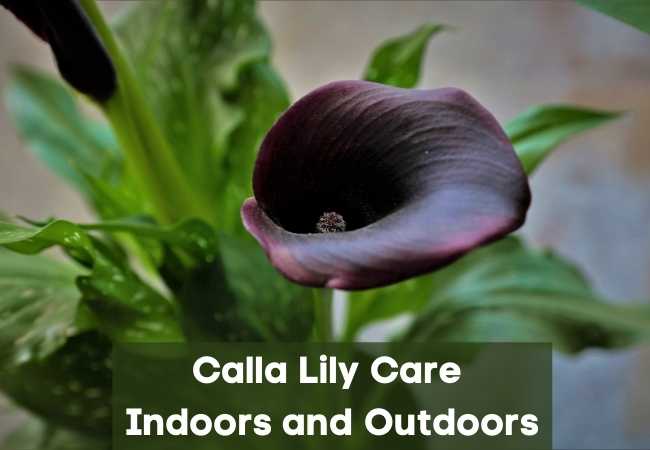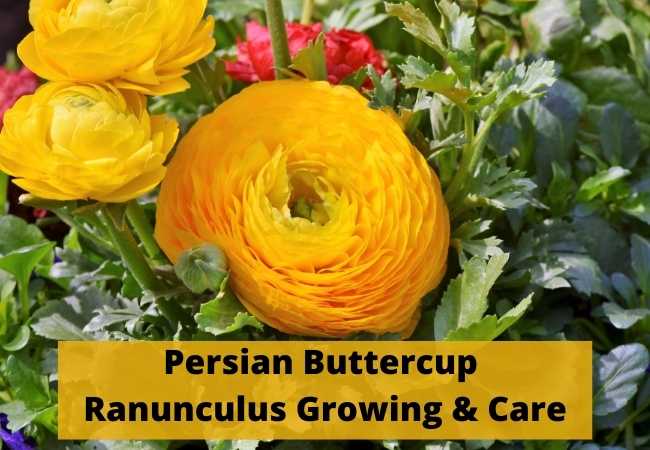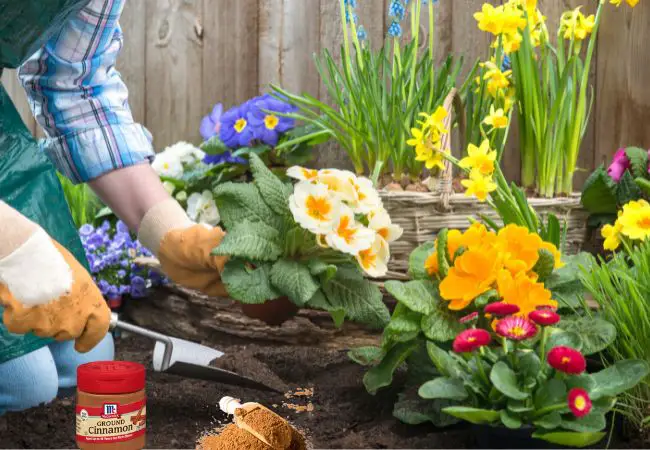Calla Lily Care Indoors and Outdoors

Calla Lily care indoors and outdoors guide that will help you get beautiful flowers. Calla lilies produce showy bell-shaped blooms that can be found in different colors including pink, yellow, red, burgundy, black, and orange. These flowers are easy to grow even for beginners.
Calla Lily Care Indoors and Outdoors
The flowers are native to Southern regions of Africa. However, it has been exported and now grows in almost all parts of the world.
The flowers are very popular as cut flowers that are included in elegant floral designs. They are also included in weddings.
Calla lilies have a pleasant and mild sweet fragrance. They do well s perennials in zones 8 to 10. If you live in lower zones between 3-7, you can still grow them as annuals.
Soil
Calla lily grows in moist, organic-rich, well-drained soils. However, they can live in a wide range of soil types and don’t have any special soil requirements.
The flowers also tolerate constantly moist soil and even do well when grown next to ponds and wet areas.
Planting
The best time to plant Calla Lilies is during spring through early summers. The flowers are planted from rhizomes. Establish the rhizomes 4in. deep (10 cm), and about 2-3′ apart. Avoid overcrowding if you want the flowers to do well.
Plant the Calla rhizomes with the tip facing upwards and cover with soil. Cover the area with a sizable layer of mulch.
You can also grow Calla Lilies that were already given a head start and planted in pots. When transplanting them in the ground, make sure that you position them at the same level they were growing in the pot.
Fill the sides with soil, firm the sides and water immediately. You should also add mulch to help conserve moisture around the plant.
Calla Lilies Container Gardening
Choose large containers for planting Calla Lilies. The plants are large and will do well in large pots where they have room to grow.
As noted above, ensure the soil is loose and mixed with organic material to make it nutrient-rich. Plant your rhizomes or plant in the pot and water it. Place it in a location where the arrangement will receive sufficient light.
After the foliage dies back, remove the spent blooms, and allow the plant to go into dormancy. In late winter, dig up the rhizomes and repot them in fresh soil. You should also start watering which encourages the rhizomes to sprout and begin growing.
Fertilizing
Fertilizing Calla Lilies is necessary during the growing season. Gardeners must provide a general-purpose fertilizer during the actively growing months to promote healthy growth as well as more blooms.
The best type of fertilizers to use are those made using organic materials. Using these types of fertilizers will help you not over-fertilize.
Light
The Calla Lilies do well when grown in partial shade. However, they will survive in a shaded location. Best flowering will happen under bright indirect sunlight especially when coupled with organically rich and well-drained soils.
When grown in hotter climates, the strong sunlight will destroy the delicate blooms. The hot sun can also destroy the color on the leaves.
Temperature
Calla Lilies are native to tropical and subtropical regions. They do well in temperatures higher than 800 F. They are also not tolerant to cold or frost and can be damaged easily.
They also thrive when planted in areas with high humidity levels. If you are growing them in a location with low humidity, you can increase it using a humidifier.
You can also make a DIY humidifier by placing pebbles in a tray and filling it with water. Place the plant pot in the tray. Make sure the pot isn’t touching the water because you don’t want your plant to be sitting in water.
Watering
You must provide consistent moisture for your Calla Lilies to do well. In comparatively drier areas, Calla Lilies need to be watered once or twice per week to appear at their best.
Pests/Diseases
The most common pest that attacks Calla Lilies is aphids. Manually remove any pests as well as use neem oil to control the pests.
In case the plant is experiencing a full-blown infestation; you can control the pests using an insecticide.
Pruning
Pruning Calla Lilies is not necessary but it’s a great way to keep them looking beautiful and clean. It helps reduce the weight of the stems, resulting in less tall stalks falling over.
All the old flower stalks will wear off and die on their own, but you can cut them back if you want a neat look.
Overwintering Calla Lilies
Calla Lily rhizomes can be overwintered in colder zones. In fall when the first frost arrives, cut the flowers back to ground level.
Dig up the rhizomes clumps and store them in containers filled with vermiculite or peat. Ensure that the temperature in the containers doesn’t fall below 400 F.
However, overwintered Calla Lily rhizomes produce inconsistent results when planted the following year. Most people in colder zones cannot grow them as perennials and cannot leave them in the ground. Buying new rhizomes each growing season tends to provide better results.
Propagation
The easiest method to propagate Calla Lilies is by dividing rhizomes. During fall or early spring is the best time to split the rhizomes.
Dig up the calla lily rhizomes and expose the joints. Make clean cuts at the joints ensuring that each of the segments has one or more eyes.
Plant the segments about 5 inches deep and take care of them as you would with normal rhizomes. Dividing the rhizomes is also necessary even when you don’t want to propagate new plants. It helps prevent overcrowding which allows the plants to bloom better.
Related Posts:
Final Thoughts
There are many varieties of Calla Lilies to choose from. You can select them based on the size and color of the blooms. I like the hybrid varieties that have deep red and almost black flowers that look unique. Whichever you choose, you will get awesome flowers if you give them the proper care.
Please share this post on Calla Lily care indoors and outdoors. If you would like to get more posts on flower growing and care, don’t forget to follow me on Pinterest.





